Caraway Uses – What To Do With Caraway Plants
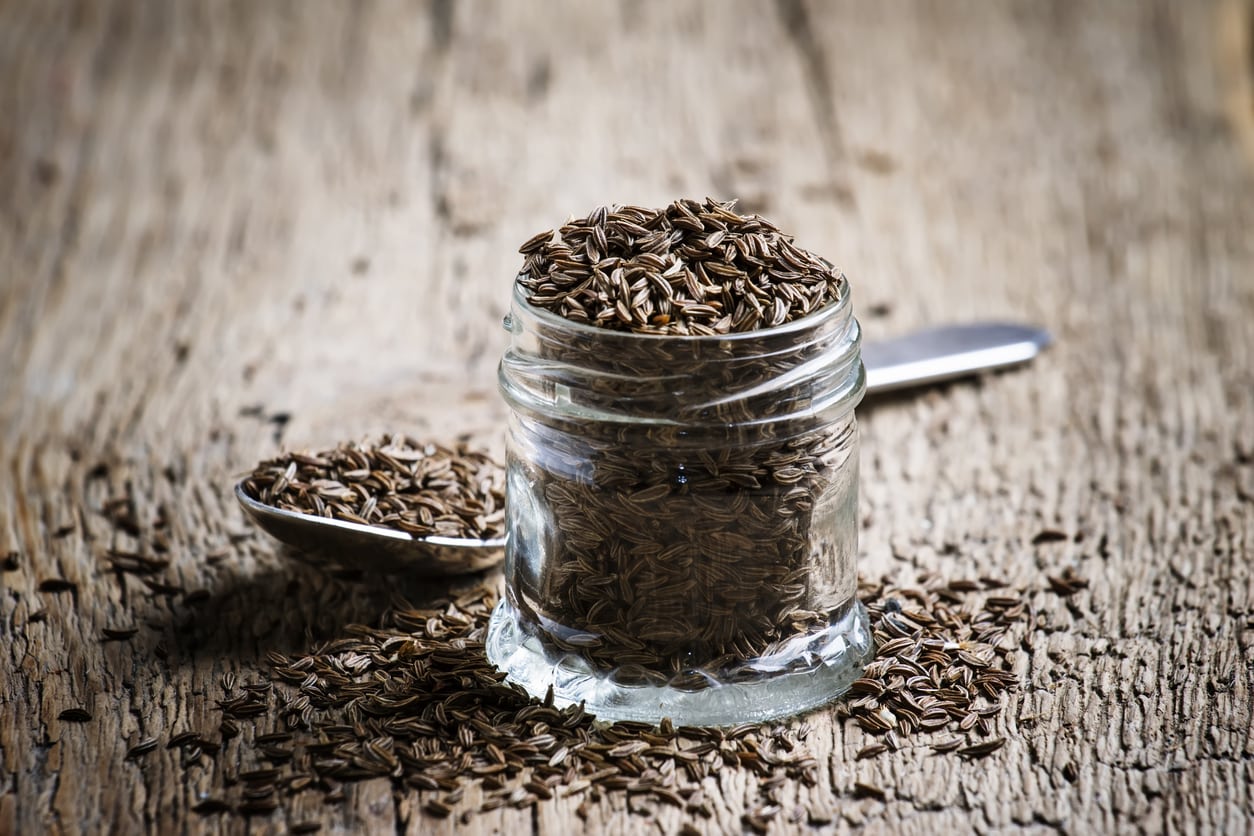
A pastrami and rye sandwich just wouldn’t be the same without caraway plant seeds. It’s the caraway that sets rye bread apart from all other deli breads, but did you ever wonder how else to use caraway seeds? There are a plethora of caraway uses, primarily for use in cooking but also to cure medical woes. Read on if you’re interested in what to do with caraway post harvest.
About Caraway Herb Plants
Caraway (Carum carvi) is a hardy, biennial herb native to Europe and western Asia. It is primarily grown for its fruit, or seeds, but both the roots and leaves are edible. Caraway is a member of the umbelliferous, aromatic plants along with anise, cumin, dill, and fennel. Like these spices, caraway is naturally sweet with a licorice flavor. The first season of growth, caraway plants form a rosette of leaves that look rather like carrots with a long taproot. They grow to around 8 inches (20 cm.) in height. In the second season of growth, 2 to 3 foot (61-91 cm.) tall stalks are topped by flat umbels of white or pink flowers from May to August. The following seeds are small, brown, and shaped like a crescent moon.
Caraway Uses
If your experience with caraway seeds extends only as far as the aforementioned pastrami and rye, then you might be wondering what to do with caraway plant seeds. The roots are similar to parsnips and, just like this root veggie, are delicious when roasted and eaten alongside meat dishes or added into soups and stews. The leaves of caraway herb plants can be harvested throughout the summer and added into salads or dried for future addition into soups and stews. The seeds, however, can be found in many different cultures in pastries and confections and even in liqueurs. How to use caraway seeds from the garden? Incorporate them into poaching liquid for fish, pork roasts, tomato-based soups or sauces, warm German potato salad, coleslaw, or a cabbage lovers’ favorite dish – sauerkraut. Essential oils pressed from the seeds have been used in many cosmetics such as soaps, lotions, creams, and perfumes. It has even found its way into herbal toothpastes. In times past, caraway was used to soothe a number of physical ailments. At one time, it was even believed that caraway herb plants could act as a talisman to protect people from witches and was also added to love potions. More recently, caraway was added to the food of tame pigeons, with the belief that they would not stray if fed this delicious herb of many uses.
Gardening tips, videos, info and more delivered right to your inbox!
Sign up for the Gardening Know How newsletter today and receive a free copy of our e-book "How to Grow Delicious Tomatoes".

Amy Grant has been gardening for 30 years and writing for 15. A professional chef and caterer, Amy's area of expertise is culinary gardening.
-
 Looking For Plants To Give You The Soft And Fuzzies? Try These 5 Fuzzy Leaf Plant Options
Looking For Plants To Give You The Soft And Fuzzies? Try These 5 Fuzzy Leaf Plant OptionsLovers of texture, drama, silver foliage and tactile plants will adore these special sensory garden additions. These fuzzy leaf plant options will leave you all aglow
By Susan Albert
-
 Get Ready For A Summer Of Hummers! Grow These Full Sun Hummingbird Plants and Flowers
Get Ready For A Summer Of Hummers! Grow These Full Sun Hummingbird Plants and FlowersIf you’re lucky enough to enjoy a sunny backyard, make sure you are maxing out on your pollinator opportunities and grow these full sun hummingbird plants and flowers
By Tonya Barnett
-
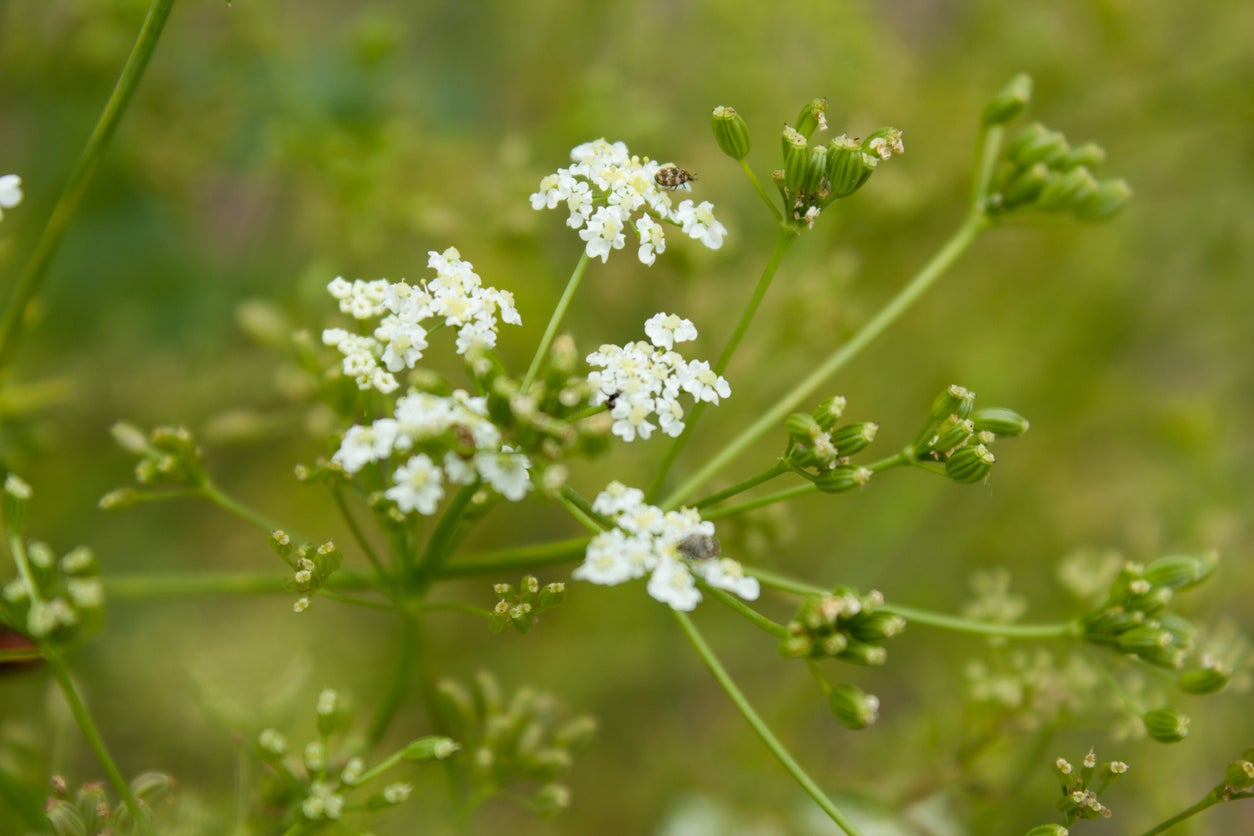 Varieties Of Caraway – Are There Different Caraway Plant Species You Can Grow
Varieties Of Caraway – Are There Different Caraway Plant Species You Can GrowYou can grow and harvest your own seed to use in the spice cupboard, but first you need to choose the varieties of caraway that will perform best in your garden. There are approximately 30 caraway plant species. Learn about some of them in this article.
By Bonnie L. Grant
-
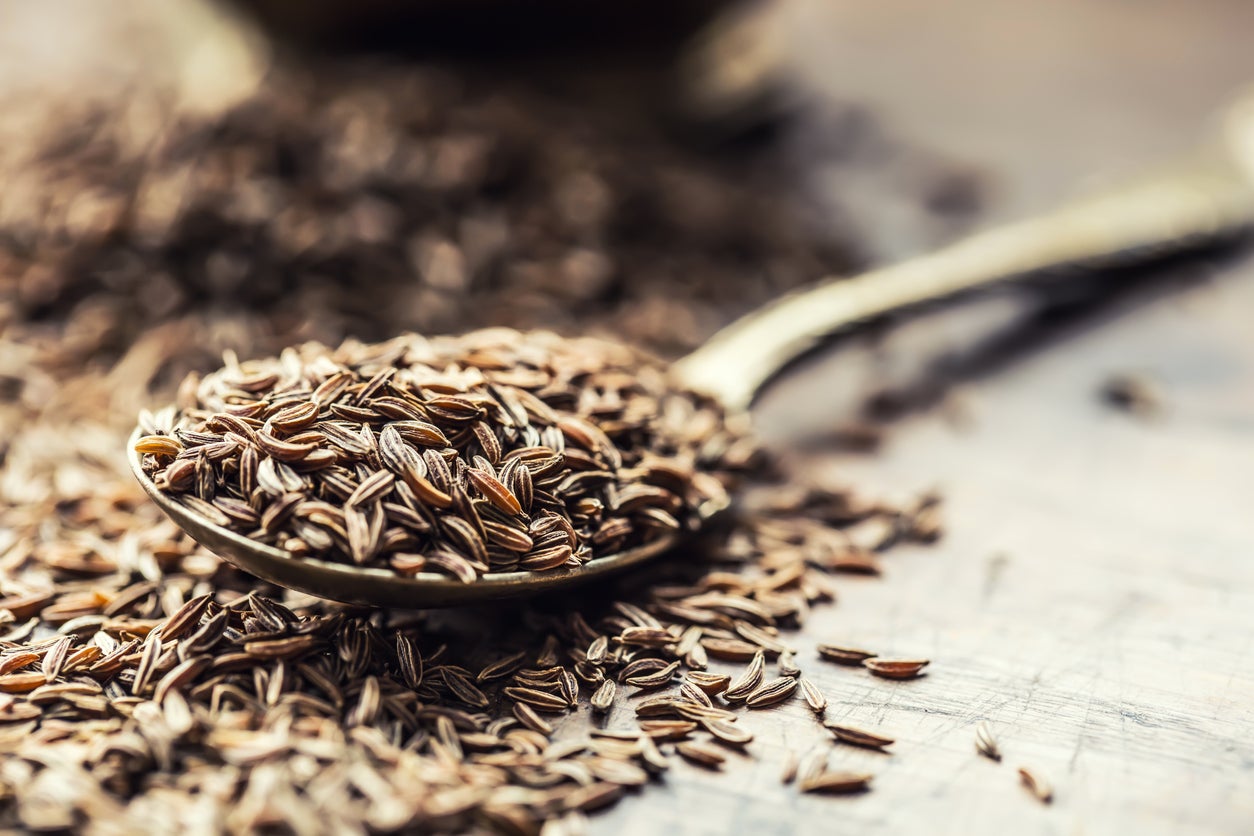 Storing Caraway: Learn How To Dry Caraway Seeds
Storing Caraway: Learn How To Dry Caraway SeedsIf you’re wondering how to preserve caraways seeds from plants grown in your garden, drying caraway is the easiest and safest way to go. Want to learn how to dry caraway seeds? Click this article for easy instructions.
By Mary H. Dyer
-
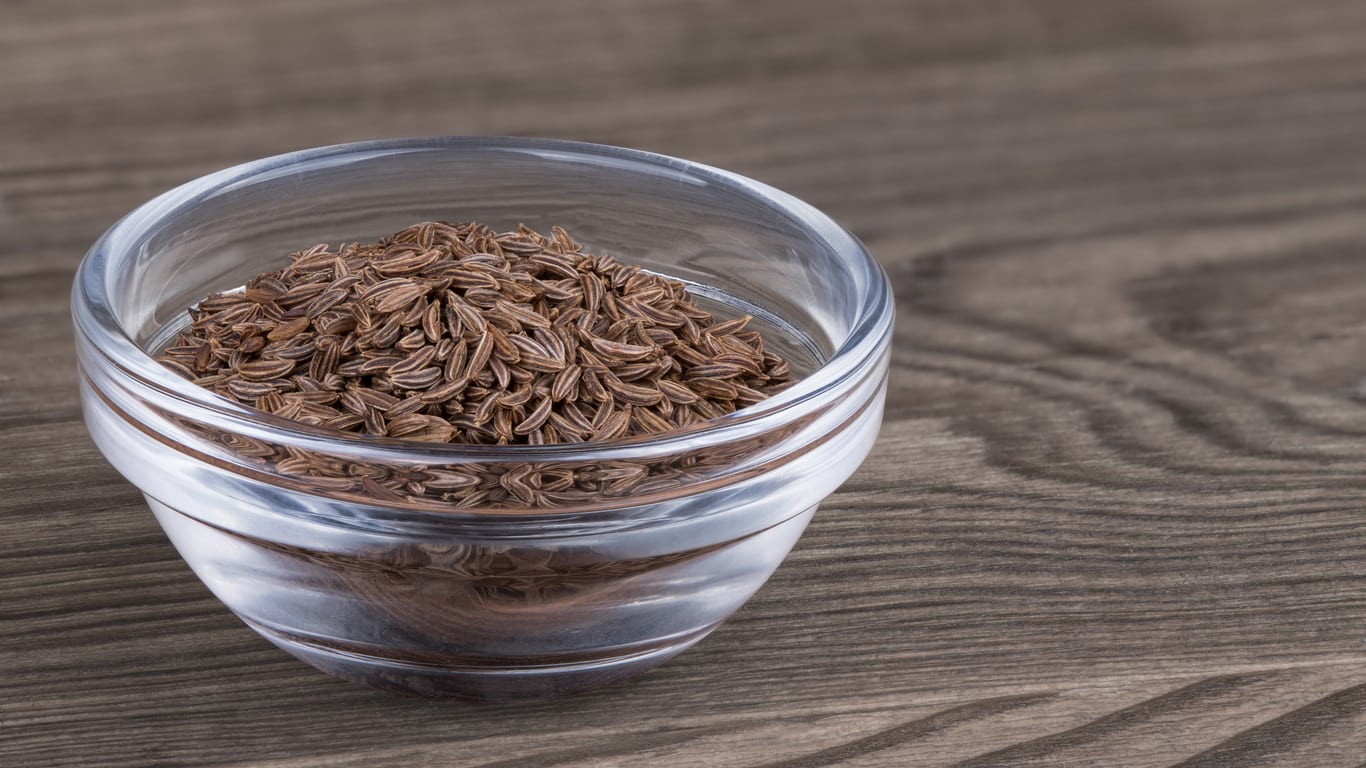 Common Caraway Benefits – Is Caraway Good For You
Common Caraway Benefits – Is Caraway Good For YouIs caraway good for you? Many gardeners are impressed by the health benefits of caraway and grow it for medicinal purposes. For information on using caraway for health, the following article can be of help. Click here to learn more.
By Teo Spengler
-
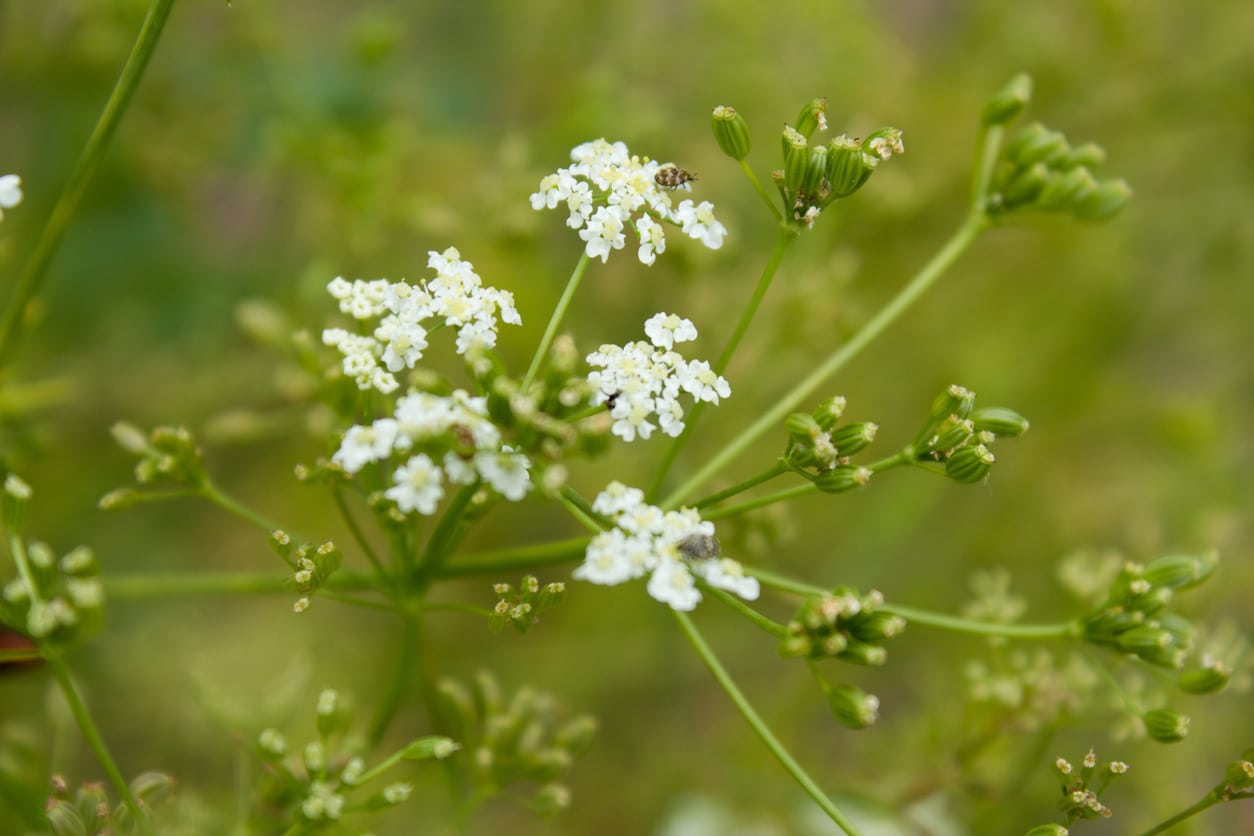 Caraway Issues In The Garden – Dealing With Disease And Pests Of Caraway
Caraway Issues In The Garden – Dealing With Disease And Pests Of CarawayCaraway is a biennial plant cultivated for its anise-like flavored seeds. It is a fairly easy herb to grow with very few caraway issues. Closely related to both carrots and parsley, problems with pests and diseases of caraway tend to be of the same kind. Learn more here.
By Amy Grant
-
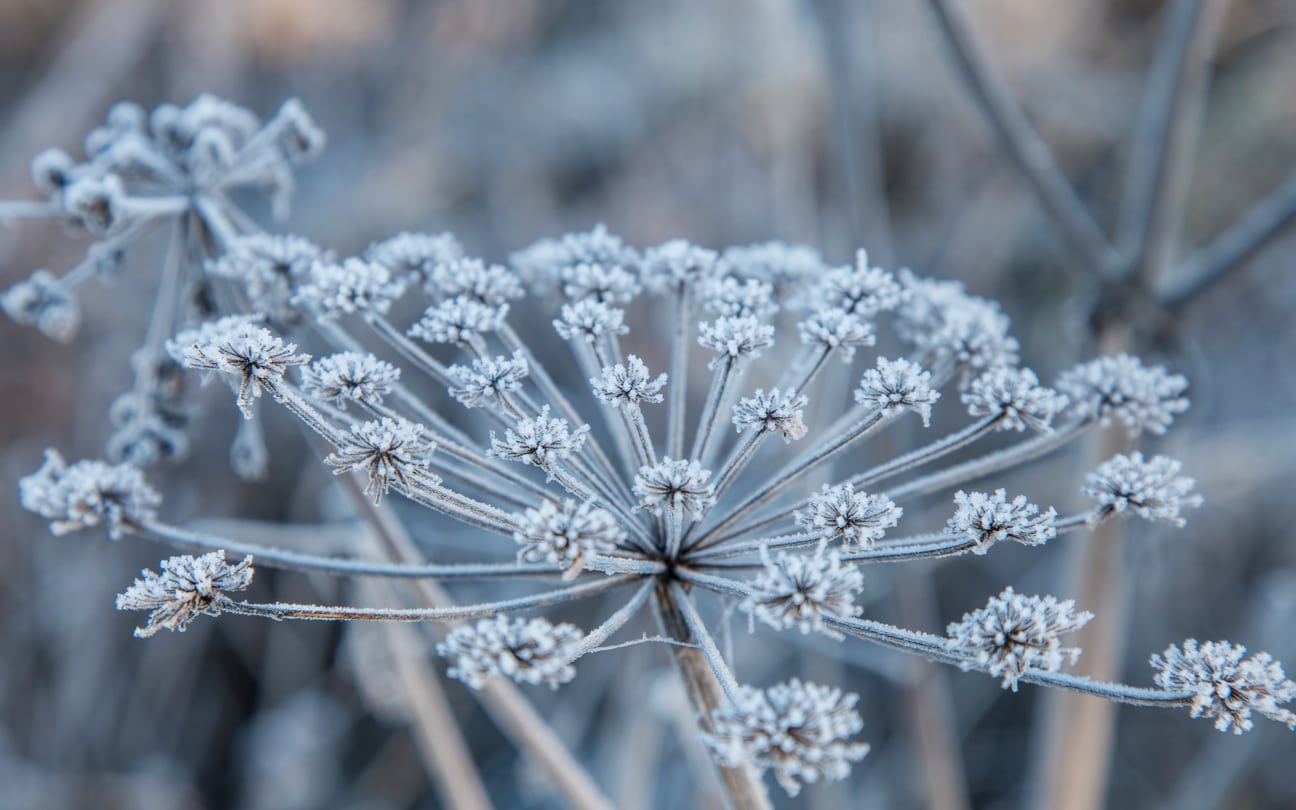 Caraway Winter Care – Caraway Cold Hardiness In The Garden
Caraway Winter Care – Caraway Cold Hardiness In The GardenKeeping caraway in winter isn’t a problem in mild regions, but in chillier areas, caraway winter protection is a must. Click this article to learn about caraway winter planting, caraway cold hardiness, and how to make sure your plants make it to spring.
By Teo Spengler
-
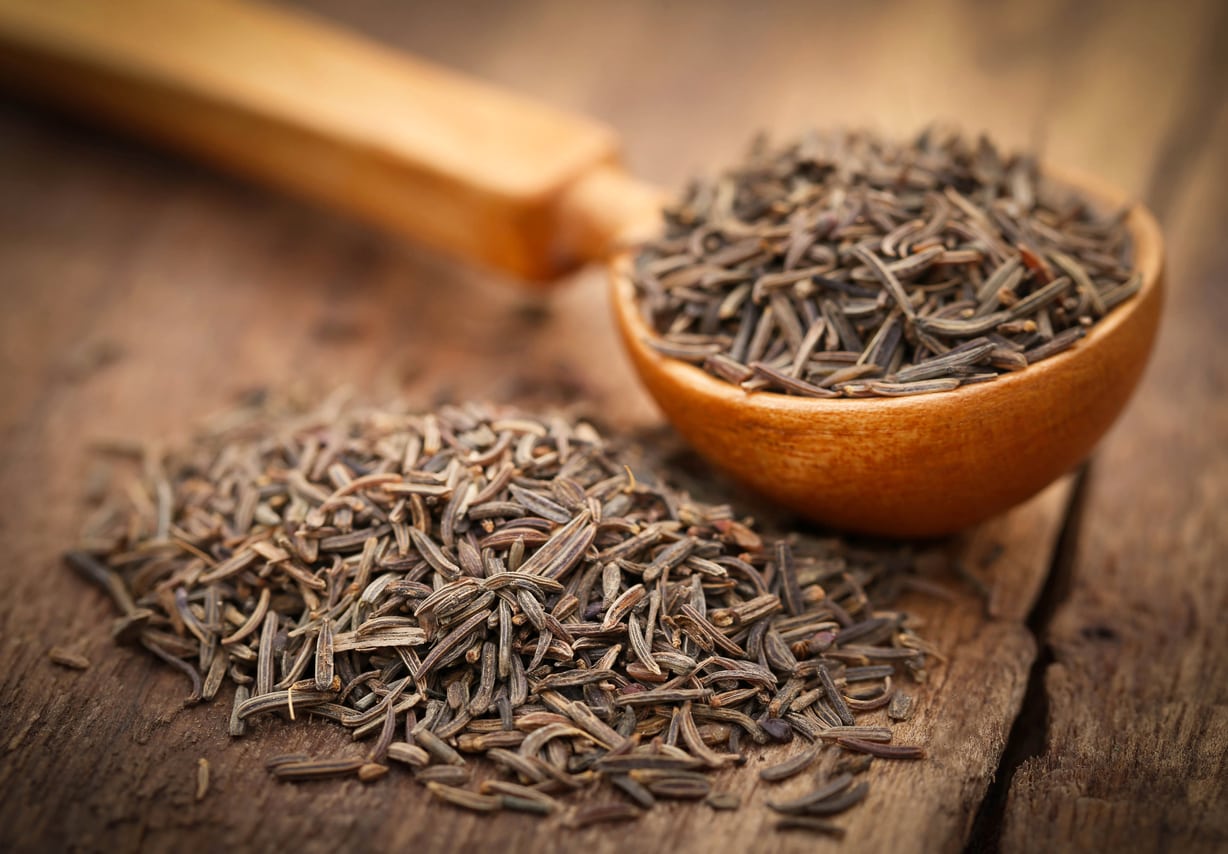 Harvesting Caraway Seeds – When To Pick Caraway Plants
Harvesting Caraway Seeds – When To Pick Caraway PlantsThe most commonly used part of caraway is the seed. It is an easy plant to grow and harvesting caraway seeds is just a two-step process. Click on the following to learn when to pick caraway so the seeds will be at the peak of their flavor.
By Bonnie L. Grant
-
 Failing Caraway Symptoms: Common Diseases Of Caraway Plants
Failing Caraway Symptoms: Common Diseases Of Caraway PlantsCaraway is a great herb to grow in the garden. While most people only think of the seeds as edible, you can actually eat the entire plant, including the roots. Unfortunately, there are some caraway diseases that may harm, or even kill, your plants. Learn about them here.
By Mary Ellen Ellis
-
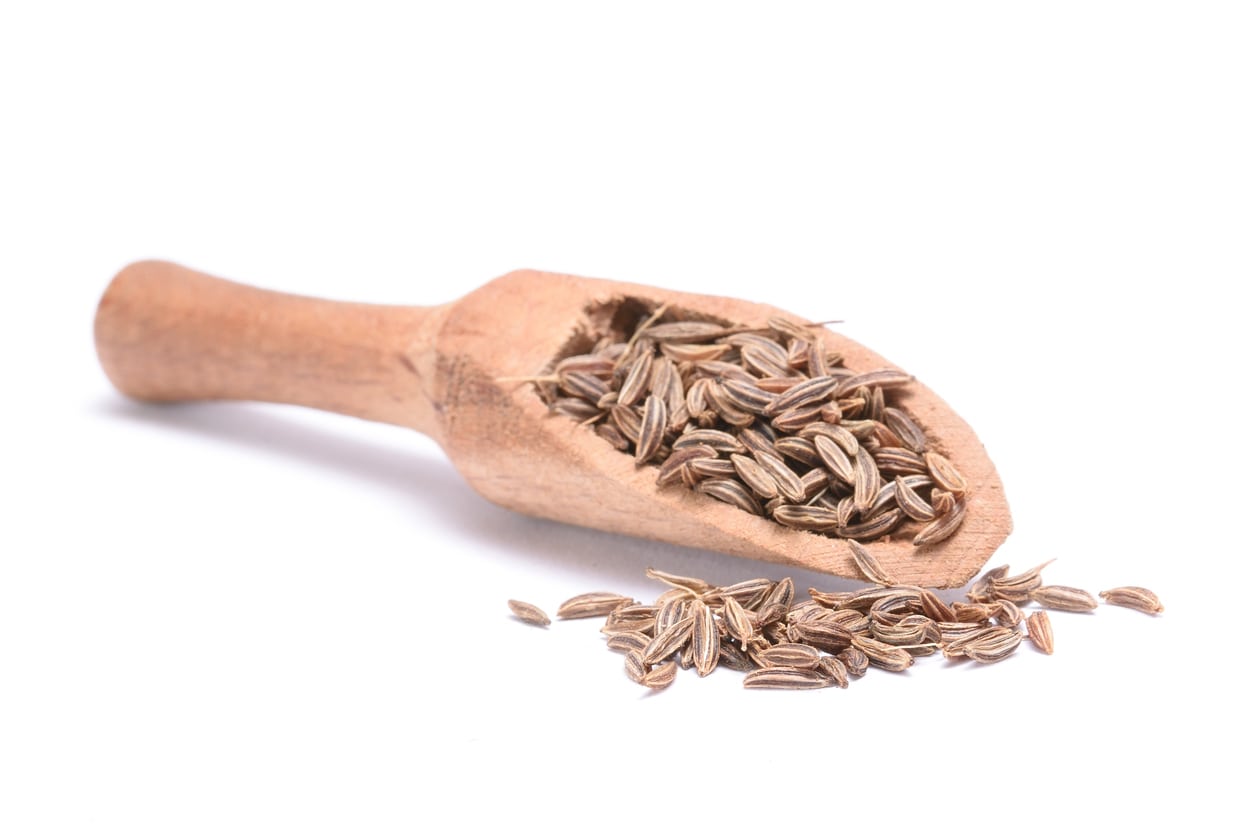 Planting Seeds Of Caraway Plants – Tips For Sowing Caraway Seeds
Planting Seeds Of Caraway Plants – Tips For Sowing Caraway SeedsGrowing caraway from seed isn’t difficult, and you’ll enjoy the appearance of the lacy leaves and clusters of tiny white flowers. Once the plant is mature, you can use leaves and seeds in a variety of flavorful dishes. Learn how to plant caraway seeds in this article.
By Mary H. Dyer